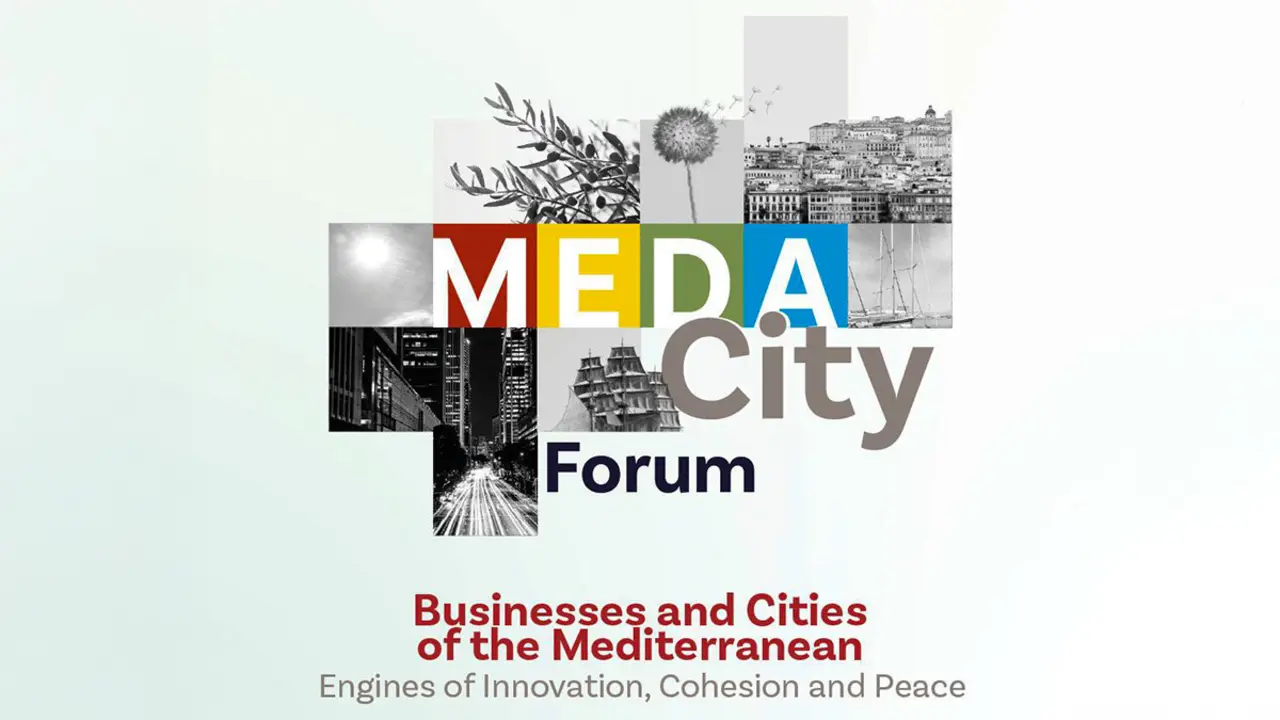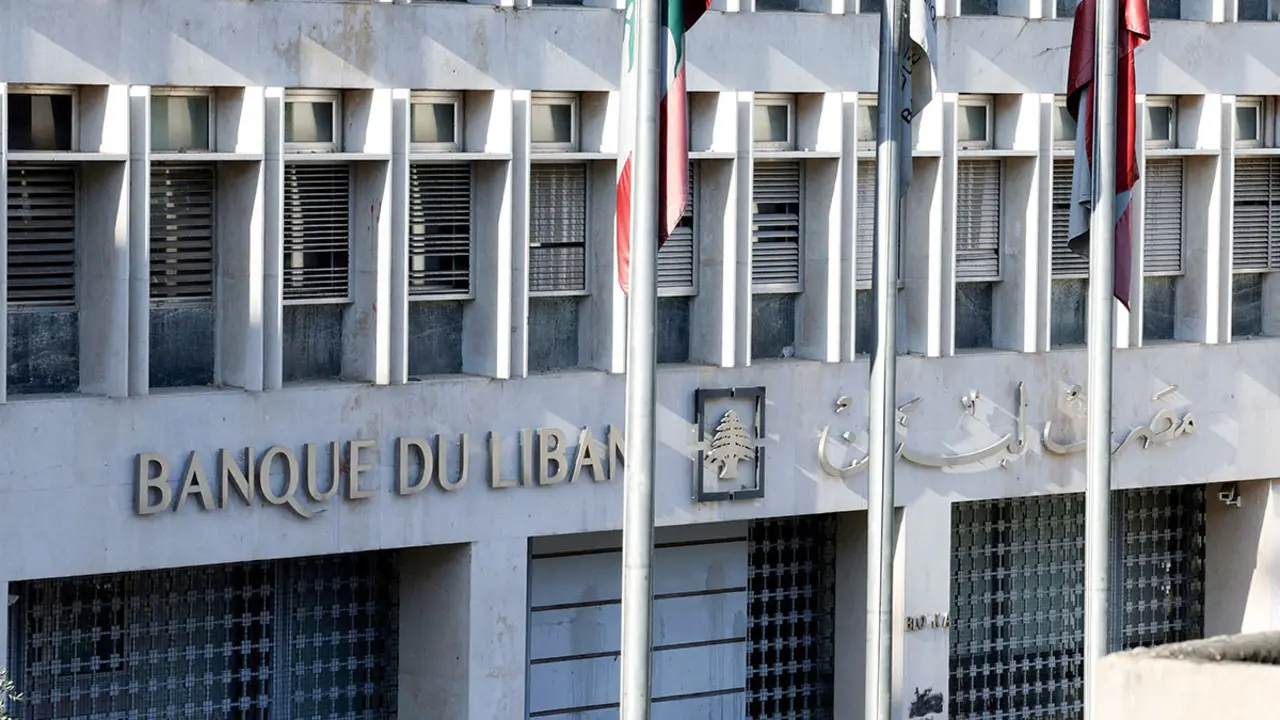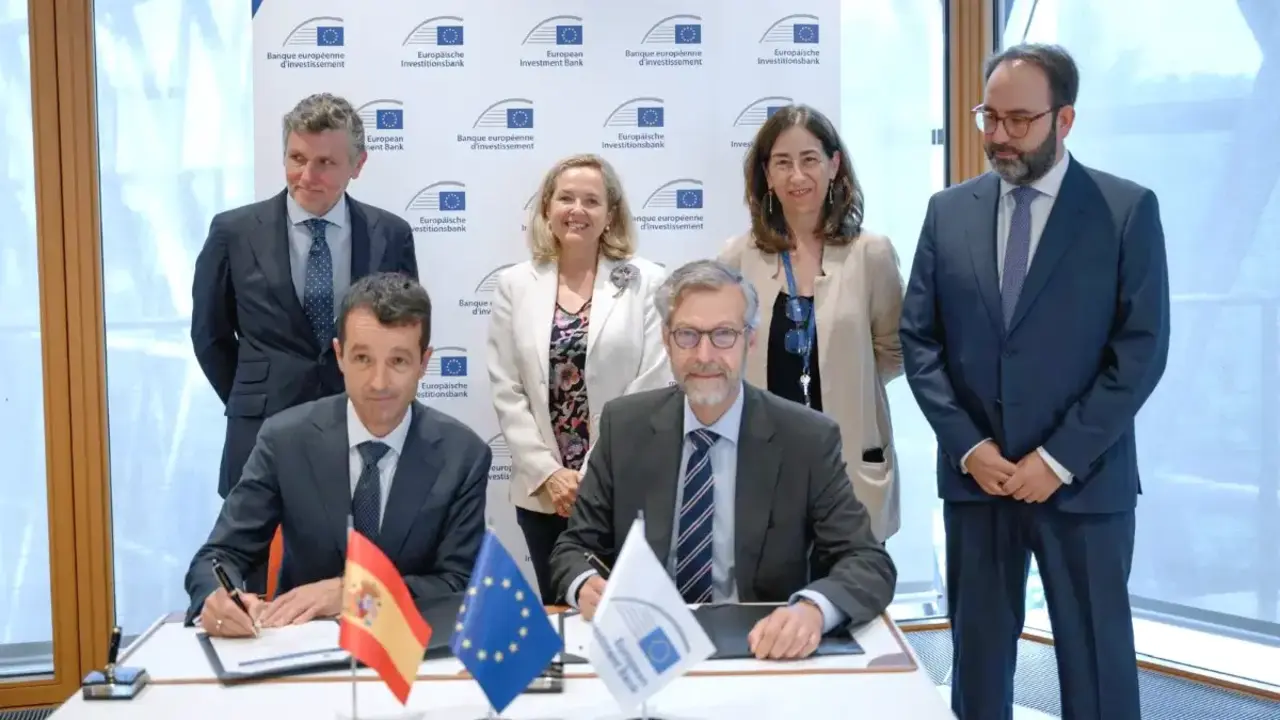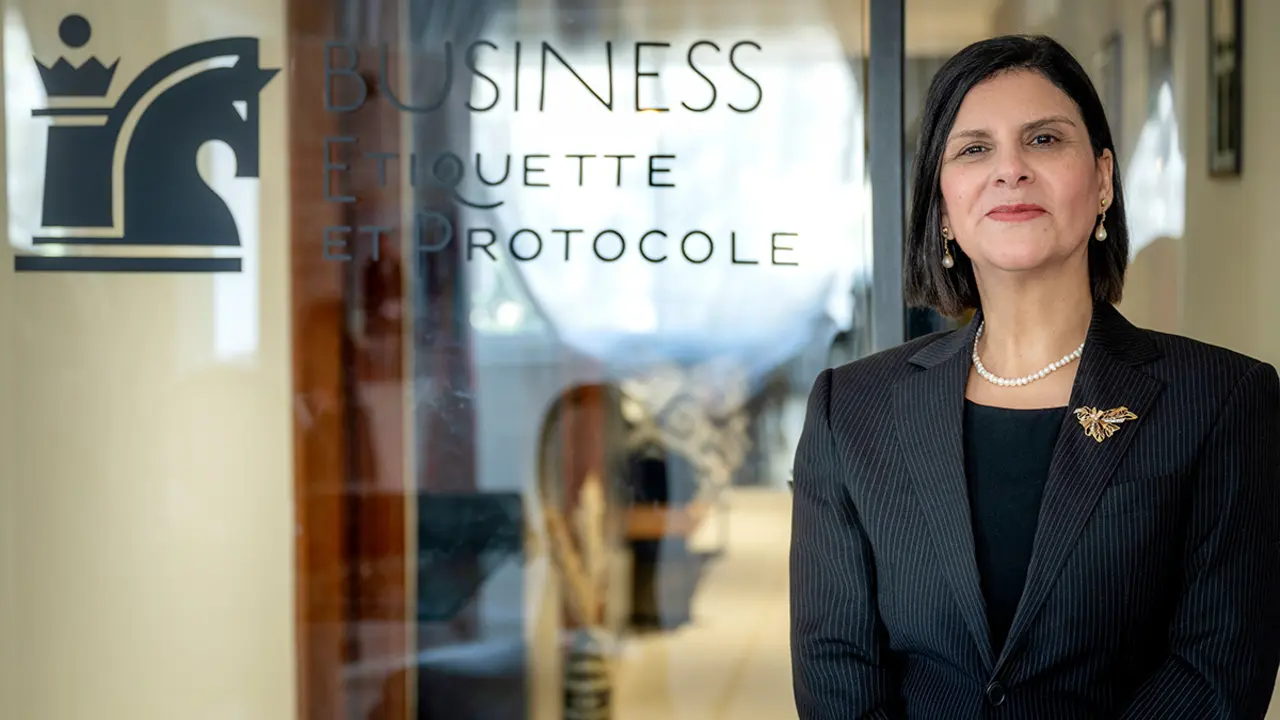88% of people agree on the need to adopt a single digital identity for payment authentication
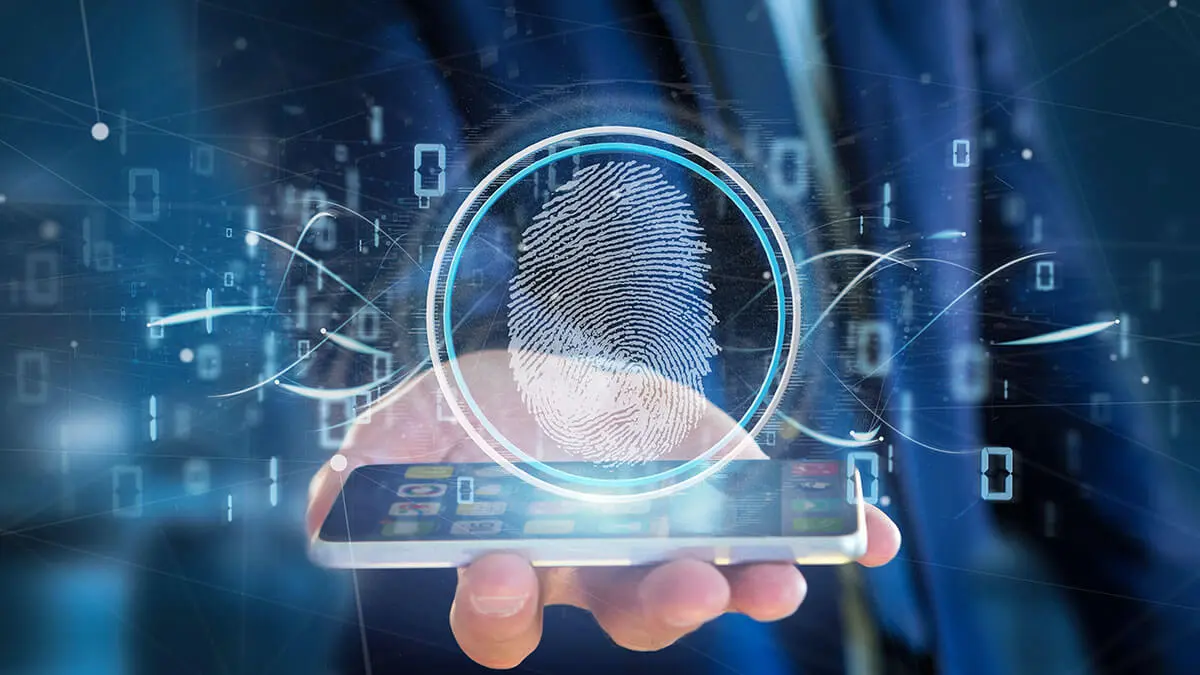
Digital identification when certain transactions take place in the digital environment is an unavoidable process that until now has been solved on the fly, and often through different phases and times. Now, more than 88% of the population is aware of the need to adopt a single digital identity for payment authentication, whether at a domestic (28%), regional (30%) or even global (30%) level.
According to the ‘Minsait Payments’ Frictionless Payments Security Report", the need to create a digital identity every time a relationship with an application or website is initiated occurs largely because current identification systems have significant shortcomings: they are not available to the entire population, are often limited to online public services and, in the case of e.g. the European Union, do not guarantee seamless cross-border access.
From the perspective of industry players, the main motivation for pushing for a digital identity is directly related to security, and this in turn to the simplicity required by large segments of the population. Thus, 45% believe that simplifying and standardising digital authentication is the main driver for this innovation. Next, 28% see facilitating secure interoperability between different platforms and services as the motivation.
Regarding the applications of AI in the area of payments, 40% of the agents analysed in the Minsait Payments report consider that it will be used for this digital identity. However, it is not the application that stands out the most: 81% of participants say that the main usability of AI in the field of digital payments will be security and fraud prevention. This is followed by risk analysis (52%), process automation (43%) and personalisation (38%).
Security, a fundamental pillar of any payment method
Security and fraud prevention are already prerequisites for the adoption of innovations and new payment experiences, attributes that are also largely considered innate by people. This is why security, ease of use, free of charge and speed, in that order, are the main reasons for choosing a means of payment, values shared by the entire population, albeit with slight nuances: people over 55 years of age value security more highly, a quality somewhat less important for younger people.
The ‘Minsait Payments Frictionless Payment Security Industry Report’ is part of the study that the company presents every year on Trends in Means of Payment, and which is prepared in collaboration with Analistas Financieros Internacionales (AFI). This document gathers the opinions of more than 4,800 bank users in Spain, Italy, Portugal, the United Kingdom and Latin America (Argentina, Brazil, Chile, Colombia, Ecuador, Mexico, Peru and the Dominican Republic).
Access to the report: https://www.minsaitpayments.com/recursos/informe-seguridad-en-los-pagos-sin-fricciones



